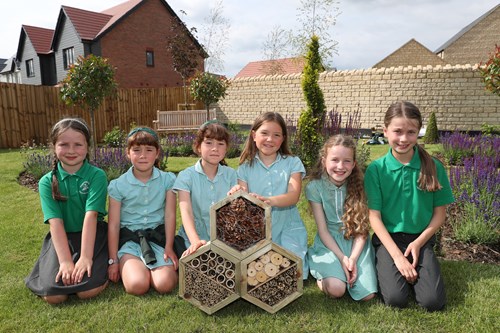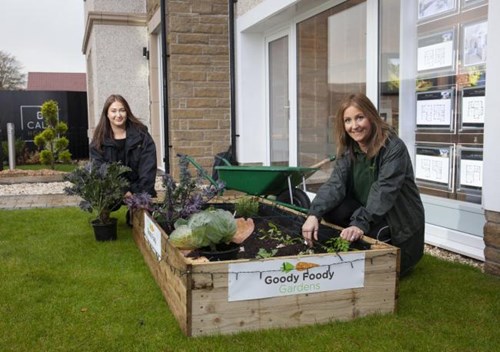Supporting wildlife can be fun!
There are many ways you can make you garden spaces more accessible to nature, including those that are great for doing with the kids! Bird seed cakes can be made out of simple yoghurt posts and leftover nuts and raisins and left out for wildlife to feed on, while the more adventurous can opt to build inviting bug hotels for creatures to explore. These activities will provide endless joy for children, grown-ups and wildlife alike.
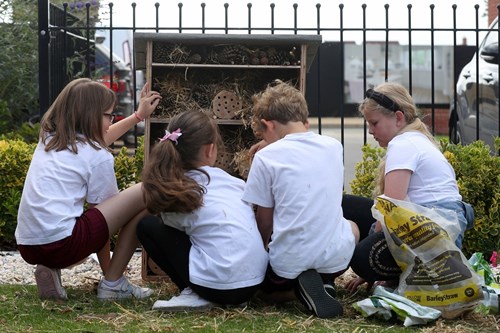
Bath for the bees!
If you really want to help animals thrive in your garden - especially as the heat rises this summer - you can create little paddling pools for our pollinators! You can scatter a few stones into an old dish or plant tray, before filling it with water. This’ll help busy bees and birds cool down on hot summer days. Animals - like hedgehogs - will be forever grateful for a an easy to access shallow bowl of water, while table scraps like cheese and fruits are a perfect treat for peckish birds to nibble on. However, it’s always worth doing your research first to check that any food you leave out isn’t toxic to any wandering wildlife.
Create Natural Habitats
Animals need cover under which to move between habitats and to provide somewhere to breed safely. Shrubs around the perimeter of the garden provide perfect natural shelter. You could also install nest boxes for birds, bat boxes, solitary bee boxes, bug hotels and hedgehogs houses. These are available from various websites including www.rspb.co.uk or why not make your own?
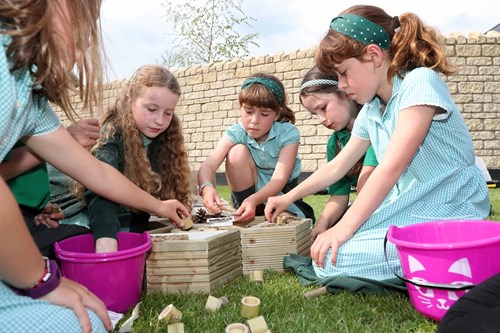
Dead and decaying wood is as important for wildlife as living wood – many insects, worms, fungi and some plants rely on dead wood for food or shelter. Creating log piles or dead wood features is a really simple and effective way of creating your own wildlife shelter.
Logs can be partially buried in the ground and arranged to make a standing wood feature or laid flat in a criss-cross fashion filling gaps with old twigs, branches and leaves. Beetles and fungi will soon come to use dead wood and add more diversity to the garden. You may also find reptiles or amphibians hiding beneath your logs!
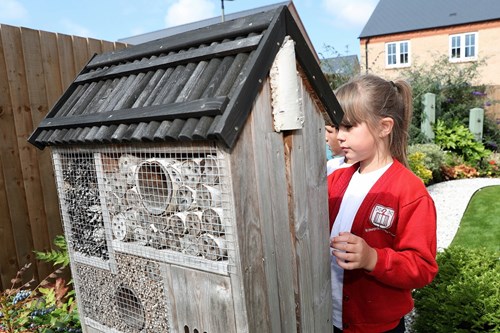
Undoubtedly, the easiest way for you to offer wildlife a relaxing haven is to leave areas of your garden undisturbed. Piles of leaves can provide perfect nesting spots for animals to hide and rest in, while compost heaps can provide habitats for toads and grass snakes. If you do decide to let your garden go wild, be mindful of the wildlife that may end up taking residence in these spaces. Avoid harming them with sharp equipment and allow them the space to relax.
Will you be taking some of this advice in your own gardens? Let us know on social media @calahomes what wildlife-supporting activities you’ll be getting up to this summer.


